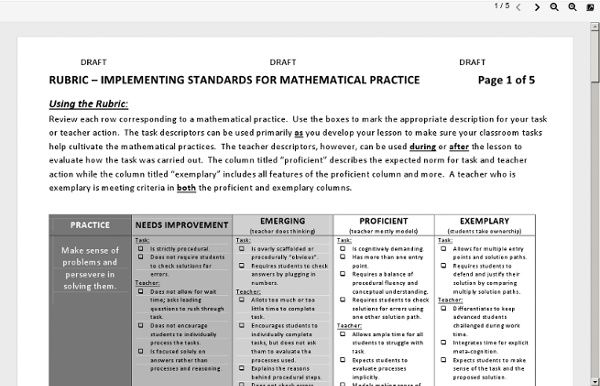



LEAP | Information for Students | Top 10 Things Employers Look for in College Graduates While you may think that choosing the “right” major is key to getting a good job, your long-term professional success will depend far more on acquiring the right skills for a rapidly changing workplace. The ability to work well in teams—especially with people different from yourself An understanding of science and technology and how these subjects are used in real-world settings The ability to write and speak well The ability to think clearly about complex problems The ability to analyze a problem to develop workable solutions An understanding of global context in which work is now done The ability to be creative and innovative in solving problems The ability to apply knowledge and skills in new settings The ability to understand numbers and statistics A strong sense of ethics and integrity Source: "How Should Colleges Prepare Students to Succeed in Today's Global Economy?" (Results of a national poll by Peter D. Hart Research Associates, 2007).
Rise-Run Triangles To start the lesson, ask students what they already know about slope. They may know terms such as rate of change and rise over run. Often, students have recollection of these terms but don't remember or understand what they mean or how they relate to slope. Ask students what it means to have positive or negative slope. A line with positive slope is pointing upward as you look to the right. Sketch these two lines with positive slope for students to see. Ask students to tell you all they can about the two graphs. Now, draw a third line that has the same slope as the first line, but a different y-intercept. Students should eventually recognize that the third line has the same slope as the first line. Use the activity sheet for practice and enforcement. The activity sheet guides students through a process for finding the slope of a given line. Distribute the activity sheets and make sure each student has 1 or 2 colored pencils. Shade in the slope triangles with students as shown below. 1.
Hong Kong International School 50 Important Links for Common Core Educators Educators across the nation are working hard this summer to begin developing updated curricula that will fit into the new Common Core State Standards, which will be fully applied in 45 U.S. states (Texas, Alaska, Nebraska, Virginia, and Minnesota have opted out of statewide participation) by 2015. Yet despite the hubbub about the new standards, which were created as a means of better equipping students with the knowledge they need to be competitive in the modern world, many teachers still have a lot of unanswered questions about what Common Core will mean for them, their students, and their schools. Luckily, the Internet abounds with helpful resources that can explain the intricacies of Common Core, offer resources for curriculum development, and even let teachers keep up with the latest news on the subject. We’ve collected just a few of those great resources here, which are essential reads for any K-12 educator in a Common Core-adopting state. Groups and Organizations Useful Resources
Welcome to the Mathematics Assessment Project Welcome to Constructing Meaning